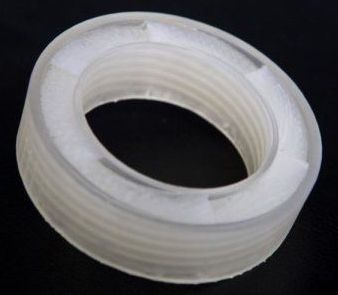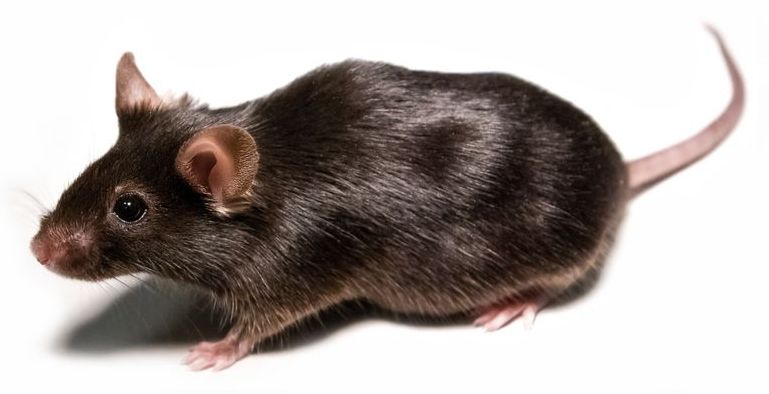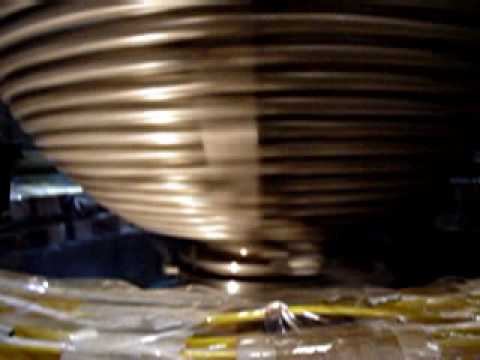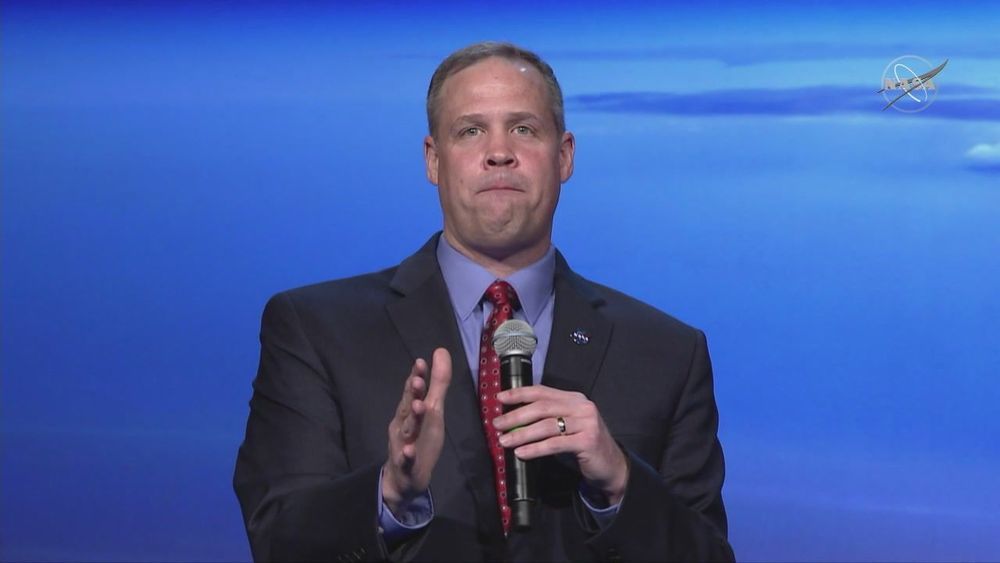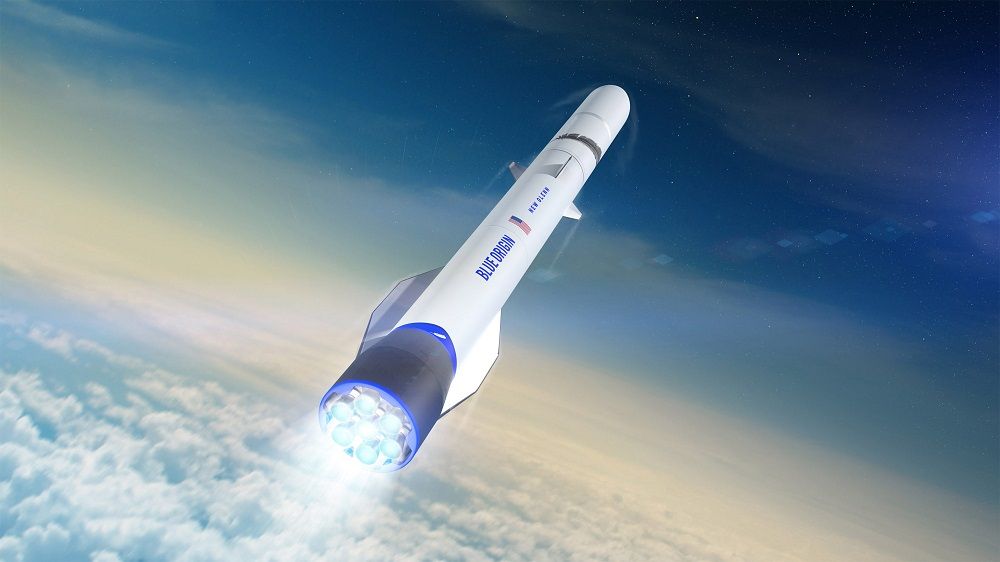Boston University researchers, Xin Zhang, a professor at the College of Engineering, and Reza Ghaffarivardavagh, a Ph.D. student in the Department of Mechanical Engineering, released a paper in Physical Review B demonstrating it’s possible to silence noise using an open, ringlike structure, created to mathematically perfect specifications, for cutting out sounds while maintaining airflow.
A team of Stanford researchers led by Professor Wyss-Coray set out to find out which genes were linked to age-related cognitive decline. Not only did the researchers find the culprit, they were able to reverse cognitive decline and rejuvenate aged mouse brains.
Searching for the cause of cognitive decline
Microglia are immune cells that reside in the brain and spinal cord. These cells mediate immune responses in the central nervous system and act like other macrophages, clearing cellular debris and dead neurons from nervous tissue through the process of phagocytosis (cell eating).
Dynamo maker ready to roll
Posted in space
Obliteration as a Service
Posted in futurism
On April 9 at 11:45 a.m
Posted in space
COLORADO SPRINGS — Blue Origin wants the U.S. Air Force to wait until 2021 before picking the two companies it intends use for launching critical military satellites in the decade ahead.
The Air Force, however, aims to solicit proposals this spring and choose its two preferred launch providers in 2020 — perhaps a year or more before the new rockets that the Air Force is fostering at Blue Origin, United Launch Alliance and Northrop Grumman make their first flights.
All three companies were chosen in October by the Air Force Space and Missile Systems Center to share $2.3 billion in so-called Launch Service Agreement (LSA) funding to support development of next-generation rockets capable of meeting the military’s satellite launch needs.
COLORADO SPRINGS – Made in Space unveiled a product April 8 to help customers conduct interferometry missions on small satellites.
Possible applications for the new product, Optimast-Structurally Connected Interferometer (Optimast-SCI) include space situational awareness and detection of near-Earth objects, Andrew Rush, Made In Space president and chief executive, told SpaceNews.
Traditional space-based interferometry missions bring along large deployable structures to separate their telescopes or other instruments. Hinges and mechanical systems on the deployable structures allow them to be folded in launch fairings and extended in orbit.
